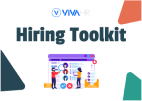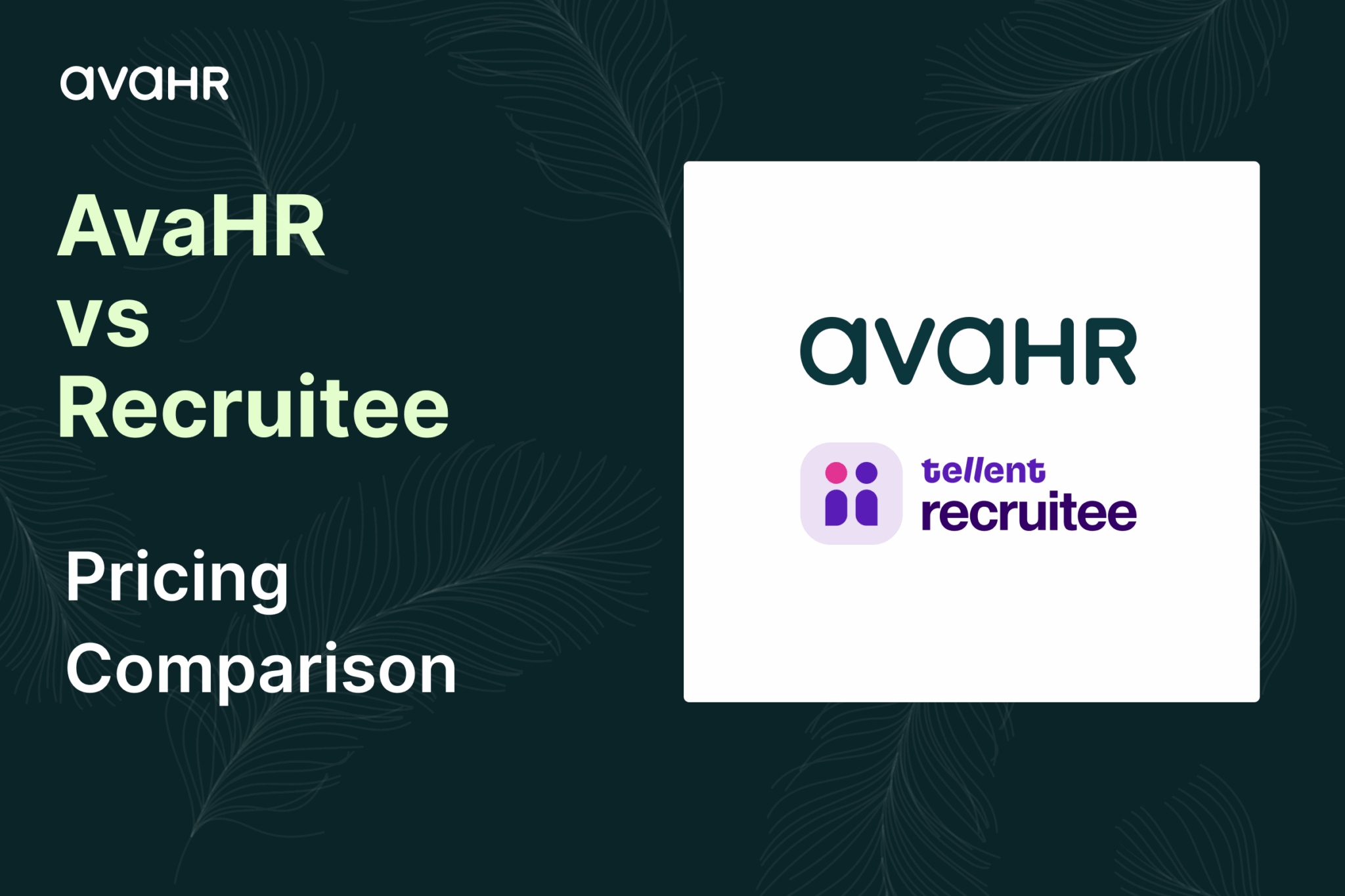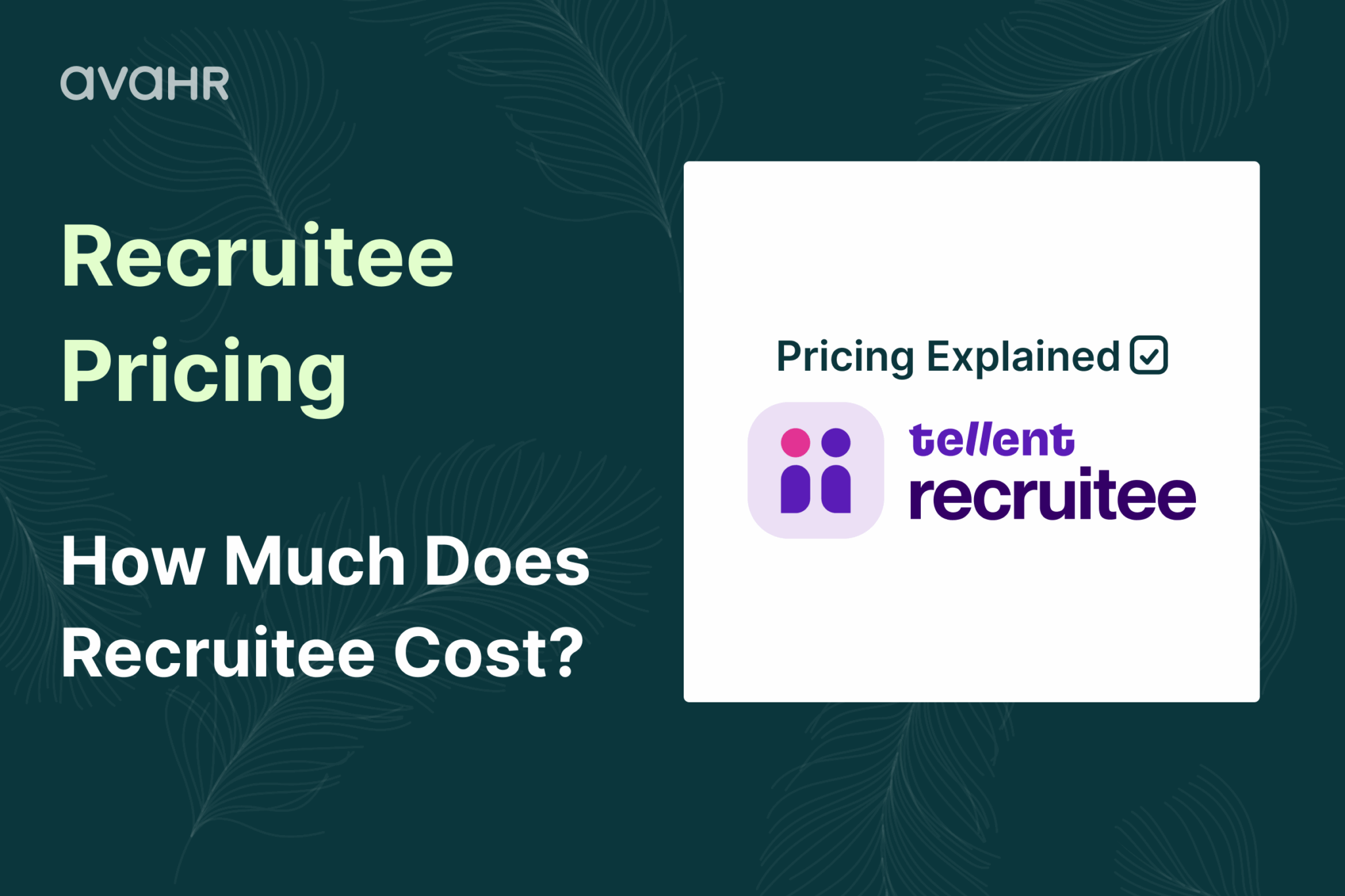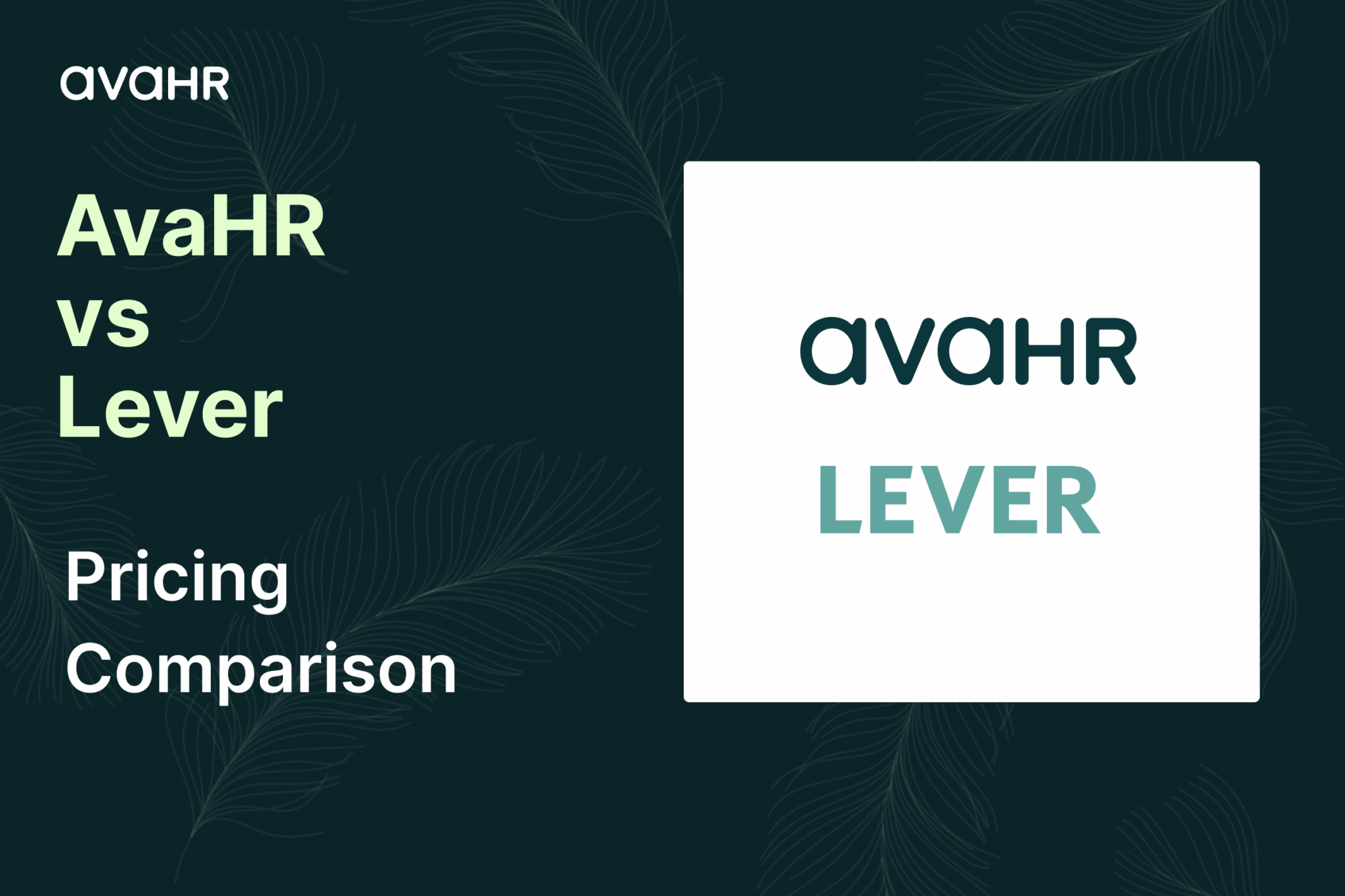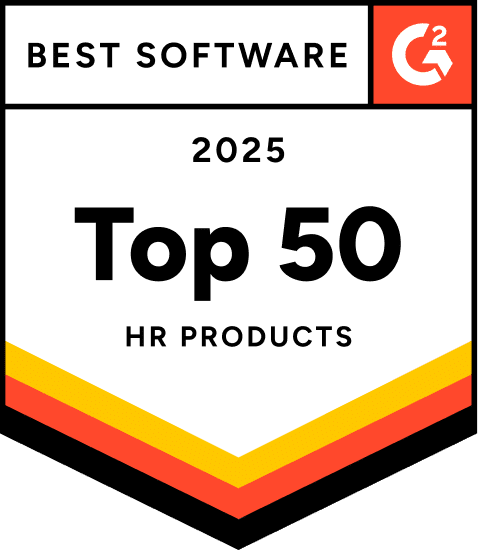Guest Article

How Small HR Teams Can Scale Hiring with the Right ATS in 2025
Ever feel like your HR team is drowning in resumes, interview requests, and calendar invites? You’re not alone. Small HR teams face a mountain of hiring tasks with only a handful of people. It’s overwhelming, and sometimes you wonder if you’ll ever get ahead.
But here’s the thing: you don’t have to hire an army just to keep up.
With the right Applicant Tracking System (ATS), even a lean HR crew can handle high-volume hiring without burning out or letting top candidates slip through the cracks.✅
Why Small HR Teams Struggle to Scale Hiring
Let’s call it what it is. Hiring at scale with a small team is tough. You’re juggling job postings, screening, interviews, onboarding, and probably a dozen other things. If you’re using spreadsheets or email folders to track applicants, it feels like fighting a wildfire with a garden hose.
According to SHRM, the average time to fill a position in the US is 36 days. For small teams, it can be even longer if you’re bogged down by manual processes. Meanwhile, hiring managers are breathing down your neck, and great candidates vanish faster than coffee at 8 a.m.
It’s not just about speed. Manual hiring increases the risk of losing data, making mistakes, and, let’s be honest, dropping the ball with candidates. That’s enough to make anyone dream of early retirement.

The Hidden Costs of Doing It the Hard Way
Here’s where it really stings: every manual step eats away your time. Ever lost track of a promising applicant because their resume got buried in your inbox? Or double-booked an interview slot and had to send an awkward apology? It happens.
Worse, slow hiring means you lose out on top talent. LinkedIn data shows 70% of the global workforce is passive talent, if you’re slow, they’ll move on.
The longer you take, the more likely you’ll see your best candidates join a competitor (who probably uses a better ATS).
And let’s not forget the impact on your employer brand. Candidates talk. If their experience is clunky, they’ll share it on social or review sites. Suddenly, you’re not just short on staff, you’re fighting a reputation problem.
Poor hiring workflows don’t just affect recruiters. They ripple into the employee experience. Delayed onboarding, lack of communication, and confusion over next steps can create a poor first impression.
How the Right ATS Turns Chaos into Control
Here’s where things get better. An ATS (Applicant Tracking System) is like the Swiss Army knife for small HR teams. It automates, organizes, and tracks every hiring step. Instead of drowning in email threads, you get a dashboard with every candidate neatly organized.
A good ATS will post jobs to multiple boards with a single click, auto-screen resumes, schedule interviews, and keep everyone in the loop with notifications. ✅
This isn’t just about saving time (though you’ll save plenty). It’s about making sure you never lose a great candidate because of a missed step.
Take AvaHR, for example. It is designed with small teams in mind. With AvaHR, you can manage the entire hiring journey in one place, from posting to onboarding. No more tab chaos, no more “Did we email that person?” moments.
Also, integrating your ATS with tools focused on employee experience, from onboarding checklists to engagement surveys, helps create a smoother transition from candidate to happy employee.

Key Features Small HR Teams Need in an ATS in 2025
If you’re running a small HR team, you don’t need fancy. You need fast. You need clear. You need an ATS that doesn’t waste your time, or your candidates’.
Here’s what actually matters in 2025:
1. Centralized Candidate Management
You shouldn’t have to check five places just to find out what stage someone’s in.
A good ATS gives you one clean dashboard that shows the full candidate journey, applied, reviewed, interviewed, offer sent, done. ✅
You should be able to search by name, tag, or status and get what you need in seconds. No more digging through email threads or clicking through endless folders.
2. Automated Job Posting
If you’re still copying and pasting job descriptions into five different portals, you’re doing it wrong.
The right ATS lets you write it once, then blast it out to dozens of job boards with a single click. That’s how you get reach without burning an hour.
Whether it’s niche industry boards or the big ones like Indeed and LinkedIn, this should be table stakes.
Some ATS platforms also allow integration with social media scheduling tools, letting teams promote job openings across platforms like LinkedIn, Twitter, and Facebook effortlessly.
3. Custom Hiring Workflows
No two companies hire the same way, and they shouldn’t have to. Some move fast, some have approvals at every stage, some want scorecards, others just need a yes or no.
Your ATS should adapt to you, not the other way around. Look for custom pipelines, automation rules, and workflow logic that actually match how your team works.
4. Team Collaboration
Hiring is a team sport. Whether it’s HR, department heads, or founders jumping in for the final call, everyone needs visibility.
A solid ATS lets your team leave comments, give thumbs up or down, and keep all decision-making in one place.
No more lost feedback in Slack. No more “Did anyone ever follow up with this person?”
5. Bulk Actions & Automations
Sending 20 near-identical emails manually? Hard pass. Tagging every candidate by hand? Not in 2025.
Your ATS should let you move candidates in bulk, fire off auto-responses, and tag people based on filters. These small time-savers add up.
Especially when you’re handling hiring and three other HR jobs on the side.
6. Reporting and Analytics
You don’t need reports that look good in a pitch deck. You need answers. Which job board is sending quality candidates?
How long is it taking to move people from first interview to offer? Where are candidates dropping off? Good reporting doesn’t just show you numbers, it shows you what to fix.
If you’re looking for an ATS that actually hits these marks without the usual clutter, AvaHR is worth a look. It’s built for lean teams that want to move fast, stay organized, and keep hiring simple. No bloated features. Just the stuff that makes hiring easier from day one.
How to Choose the Right ATS for Your Small HR Team
Not every ATS is built with small teams in mind. Some are packed with features you’ll never use. Others are so clunky your team will avoid them entirely.
Here’s what actually matters when picking one that fits:
1. Easy Setup
You shouldn’t need to rope in IT just to get started. The right ATS should be plug-and-play, clean onboarding, fast configuration, and no 40-page manuals. If it takes more than a day to get up and running, it’s too complex.
2. User-Friendly Interface
If your team dreads logging into the tool, it’s already a bad sign. You want an interface that feels intuitive, not something that needs training wheels. The faster your team gets comfortable using it, the sooner you start hiring smarter.
3. Affordable Pricing
Let’s be honest. Small teams have tight budgets. A good ATS should offer solid core features at an affordable price that doesn’t feel like enterprise software pretending to be “starter friendly.” Watch out for hidden fees, paywalled features, or per-user price creep.
4. Responsive Support
Stuff breaks. Questions come up. And when they do, you want real answers from real humans. Fast. A solid support team isn’t optional, especially when you’re managing hiring on top of everything else.
Try a free demo or trial before you commit. AvaHR, for instance, lets you test drive the full platform, so you know exactly what you’re getting. ✅
Scaling Your Hiring Without Burnout
Let’s wrap this up. Scaling hiring as a small HR team is possible, but only if you drop the old manual ways. The right ATS will save you time, improve your hiring results, and keep you from losing your mind.
If you’re ready to stop juggling spreadsheets and start making real progress, check out AvaHR’s ATS. It’s the tool built for small teams who want to hire smarter, faster, and with less chaos.
An ATS is your hiring engine, but it’s even more powerful when supported by other tools:
- For social reach: Use a social media scheduler like SocialBee to post jobs and employer brand content across platforms.
- For candidate engagement: Set up automated email campaigns to follow up with passive candidates.
- For post-hire experience: Implement employee engagement apps to improve onboarding, engagement, and retention.
Your hiring stack should work as a team, just like your people do.
Also, before scaling, small HR teams should know the right questions to ask about an ATS.
Small Team, Big Impact
Small HR teams aren’t doomed to struggle with hiring. With a smart, easy-to-use ATS like AvaHR, you can handle more jobs, reach better candidates, and keep your team happy, even as you grow.
Stop letting hiring chaos hold you back. Try an ATS built for small teams and make 2025 your best year yet. ☑️


Author Bio:
Pratik Shinde is a Founder at Growthbuzz Media, a Content Creator at Make SaaS Better, and an SEO enthusiast. He helps fast-paced B2B SaaS startups acquire customers through organic marketing efforts. He likes reading philosophy, writing non-fiction, thoughtful walking, running, and traveling.



